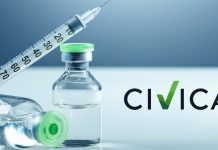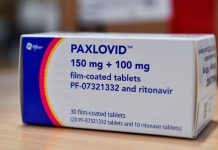On Wednesday, the U.S. Food and Drug Administration (FDA) and the European Medicines Agency (EMA) launched a new pilot that aims at giving parallel scientific advice (PSA) to sponsors of complex generic drugs, according to Regulatory Affairs Professionals Society (RAPS).
The FDA said the pilot is an expansion of the two agencies’ existing PSA programs for new drugs and biologics.
The two drug regulatory bodies wrote, “The goal of the PSA program is to provide a mechanism for EMA and FDA to concurrently consider and jointly exchange with applicants the agencies’ views on scientific questions during the development phase of hybrid/complex generic products.”
They also wrote that they expect increased dialogue with applicants during the early stages of development.
“Successful collaboration may provide applicants with a deeper understanding of the basis of regulatory decisions, optimize product development, and avoid unnecessary replication of studies or unnecessary testing methodologies,” FDA and EMA wrote.
The drug bodies also explained that the voluntary program would only consider products that meet both the FDA’s definition of complex generic and EMA’s definition of a hybrid medicine. A generic medicine is called hybrid medicine in the European Union.
According to RAPS, meeting requests for the pilot have started and will remain open until enough have been held for the agencies to assess the program.
Meetings conducted under the pilot are covered under the existing confidentiality agreement between the US and EU regulators, per the society.
FDA and EMA write, “Following a PSA meeting, an applicant will have a clearer understanding of the agencies’ respective regulatory requirements and scientific recommendations regarding the development program discussed.”
“If advice from the two agencies is divergent,” they added, “the applicant will have a clear understanding of the reasons for the divergence.”
Some examples of studies that may benefit from PSA in the complex generic product space include “comparative non-clinical and comparative clinical studies involving innovative bioequivalence study designs and the use of methodologies such as modeling and simulation.” The article was originally published in RAPS.




















